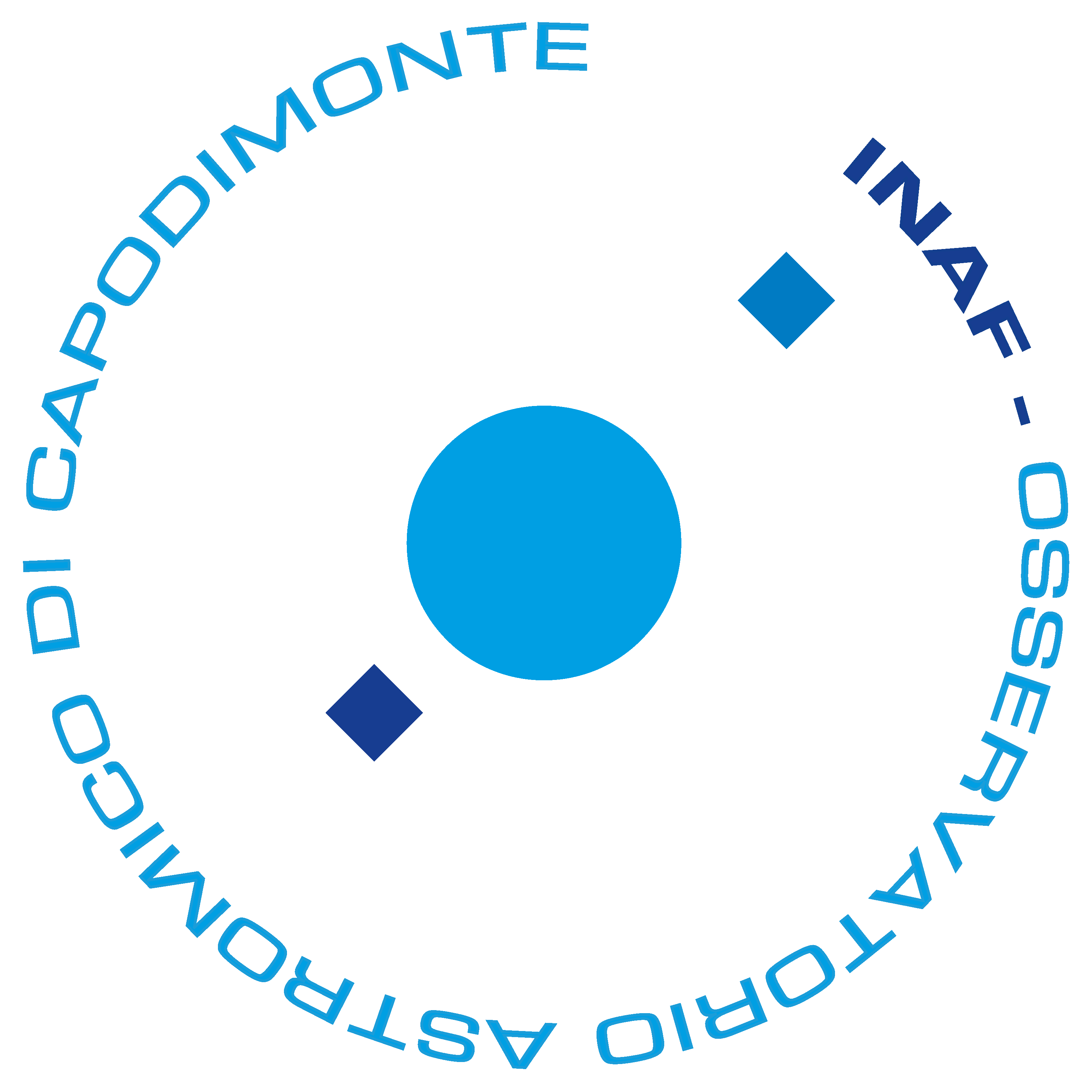Radio and X-ray Data on Shapley Supercluster
In the Shapley concentration a wealth of radio and X-ray data are available and published.
Radio wevelengths
The 22 cm radio survey carried out with the Australian Telescope Compact Array (ATCA) covering the SSC investigating the effects of cluster mergers on the statistical properties of the radio galaxies (Venturi et al. 2000)
The Very Large Array (VLA) observations at 1.4 GHz studying the radio halo at the centre of the cluster A 3562 and showing its irregular shape (Venturi et al. 2003) as well as the region between A 3562 an A 3558 (Giacintucci et al. 2004).
The multiband observations (240 MHz, 332 MHz and 610 MHz)of the cluster A 3562 with the Giant Metrewave Radio Telescope (GMRT; Giacintucci et al. 2005).
The most recent study at the VLA covering 7 sqdeg centred in the SSC detected 210 radio galaxies with a typical sensitivity of about 80 μJy at a resolution of 16 arcsec enabling the detection of galaxies with star formation rates as low as 1 solar mass per year.
X-ray wavelengths
The SSC was observed with ROSAT PSPC that allowed to study the X-ray surface brightness distribution of the cluster A 3558 (Bardelli et al. 1996). The Shapley area was also observed in the ROSAT All-Sky Survey (De Filippis et al. 2005).
Using a mosaic of six XMM-Newton observation Finoguenov et al. (2004) studied the hydrodynamical state of A 3562 indicating a sharp surface brightness gradient within the core of the cluster and a 200 Kpc ridge extending to the southwest toward the group SC 1329-313.
Chandra observations were later combined to the XMM-Newton ones in order to perform a detailed study of A 3558 which pointed out the complicate dynamical history of this complex due to a past mergers and to the very peculiar environment in which it is located.
A recent proposal XMM (PI: H. Bourdin) obtained new data in the region between A 3558 and the mosaic of Finoguenov et al. (2004) completing the spatial coverage of X-ray observations between A3558 and A3562.

